The Maasai (Maa) Language
Doris L. Payne 2008
The following links lead to a brief description of the Maa language. The Maa language or language group has several varieties, all known as "Maa". It is spoken by approximately 500,000 Maasai, Samburu, Camus in Kenya, and about 500,000 Arusa, Kisonko and IlParakuyo people in Tanzania. The variety described in the following pages corresponds to southern Kenyan Maasai.
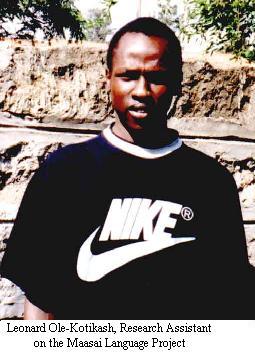
1.Introduction: The Maa Language vs. Maasai Ethnicity
2.The Nilo-Saharan Language Family (Historical Linguistics)
3.The Sounds of Maa (Phonology)
4. Maa Vowels (or, "What do Tongue Root Contrasts Sound Like?")
5. Maa Words (Morphology)
6. Maa morphology puzzle
(Gender) 7.Maa Sentences
(Syntax)8.Semantic Domains: Color Terms
9.Language Change and Borrowings

for links to information on Linguistics and the University of Oregon. for fuller informationon the Maa language.Return to
MaasaiLanguage Project
Selected References Bender, M. Lionel. 1995. Nilo-Saharan. Paper presentedat the Sixth Nilo-Saharan Conference, Santa Monica, California.
Brenzinger, Matthias. 1992. Lexical retention in languageshift: Yaaku/Mukogodo-Maasai and Elmolo/Elmolo-Samburu. In Matthias Brenzinger(ed.) Language Death: Factual and Theoretical Explorations with SpecialReference to East Africa, 213-254. Berlin: Mouton de Gruyter.
Dimmendaal, Gerrit. 1992. Reduction in Kore reconsidered.In Matthias Brenzinger (ed.) Language Death: Factual and TheoreticalExplorations with Special Reference to East Africa, 117-135. Berlin:Mouton de Gruyter.
Greenberg, Joseph. 1963. The Languages of Africa.Bloomington: Indiana University Press.
Hamaya, Mitsuyo. 1993. Maasai Auxiliaries and InfinitivalConstructions. University of Oregon Masters Thesis.
Heine, Bernd. 1981. Lorkoti Dorobo, a Maasai dialect.In I. Hofmann (ed.), Festschrift zum 60 Geburtstag von P. Anton Vorbichleri,31-46. (Verffentlichungen der Institute fr Afrikanistikund Agyptologie der Universitt Wien 14.) Wien: Beitrgezur Afrikanistik.
Heine, Bernd and Matthias Brenzinger. 1988. Notes on themukogodo dialect of Maasai (Kenya). Afrikanistische Arbeitspapiere14.97-131.
Heine, Bernd and Ulrike Claudi. 1986. Onthe Rise of Grammatical Categories: Some Examples from Maa. Berlin: Dietrich Reimer Verlag.
Levergood, Barbara. 1987. Topics in Arusa Phonologyand Morphology. University of Texas at Austin Ph.D. dissertatin.
Mol, Fr. Frans. 1972. Maa: A Dictionary of the MaasaiLanguage and Folklore, English-Maasai. Nairobi: Marketing and PublishingLtd.
Mol, Fr. Frans. 1996. Maasai Language andCulture Dictionary. Lemek, Kenya: Maasai Centre Lemek.
Payne, Doris. 1997. The Maasai External Possessorconstruction. Essays on Language Function and Language Type,ed. by Joan Bybee, John Haiman and Sandra Thompson, 395-422. Amsterdam: John Benjamins.
Payne, Doris. 1998. Maasai gender in typologicalperspective. Studies in African Linguistics 27.159-175.
Payne, Doris, Mitsuyo Hamaya and Peter Jacobs. 1994. Active, passive, and inverse in Maasai. Voice and Inversion,ed. by T. Givn, 283-315. Amsterdam: John Benjamins.
Tucker, A. N. and J. tompo Ole Mpaayei. 1955. A MaasaiGrammar with Vocabulary. London: Longmans, Green and Company.
Vossen, Rainer. 1988. Towards a Comparative Study ofthe Maa Dialects of Kenya and Tanzania. (Nilo-Saharan 2.) Hamburg:Helmut Buske.
Wallace, B. F. 1981. The morphophonemics ofthe Maasai verb. Nilo-Saharan: Proceedings of the FirstNilo-Saharan Linguistics Colloquium, Leiden, September 8-10, 1980. Ed. by Thilo Schedeberg and M. Lionel Bender, 75-88. Dordrecht: Foris.
Winter, J. C. 1979. Language shift among the Aasx,a hunter-gratherer tribe in Tanzania. Sprache und Geschichte in Afrika1:175-204.
This page written by DorisL. Payne. Last updated August 2008 1. Introduction: The Maa Language vs. Maasai Ethnicity In many cases, a language is a badge of identify for a specificethnicity. Ethnic groups that are genetically related in the biologicalsense often speak language varieties that are "genetically related"in a linguistic sense. Nevertheless, we must scientifically distinguishethnic group from language group or LANGUAGEFAMILY . To illustrate the difference, consider that thereare ethnically-distinct Italians, Jews, Germans, Anglo-Saxons, South Africans,Hausas, and so on, who all claim the English language as their first andprimary language. English belongs to the GERMANIC LANGUAGE FAMILY. Close"language relatives" of English include German, Dutch,Norwegian, Frisian and Afrikaans -- but not Hebrew or Hausa. Italian is a verydistant language-relative to English, belonging to the ROMANCE LANGUAGE FAMILY . Germanic and Romance both belong to the INDO-EUROPEANFAMILY. But Hebrew and Hausa ultimately belong to theAfro-Asiatic family, which has no established connection whatsoever toIndo-European. The languge of the MAASAI,SAMBURU, and CAMUS peoples is often referred to as Maa . Together, these three political-tribal groups may be referred to as the Maa people, because for the most part they are ethnically related in thebiological genetic sense. However, scholars working from oralhistories and language data have argued that modern Maa is spoken as the firstlanguage not only by ethnic Maa peoples, but also by members of distinct ethnicgroups (principally, some hunter-gatherer or dorobo, groups), which,over time, have assimilated to the Maa culture and language. How would this situation come about? To understand this, click on thethumbnail map and observe the colors which represent various indigenouslanguages spoken in Kenya . Those in various shades of green belong to the AFRO-ASIATIC FAMILY . Those in shades of blue arefrom the NIGER-CONGO (andBantu) family. Those in shades of pink and red belong to the NILO-SAHARAN LANGUAGE FAMILY . As can be seen, the different major families run right into each other, andoverlap with each other. Thus, individuals are accustomed to having tospeak with people from different first languages -- and eventually may completely switch languages for one reason oranother. For one example, during the 1800s the Aasx were a CUSHITIC -speaking hunter-gatherergroup in Tanzania . Cushitic languages belong to the larger Afro-Asiatic language family. J.C. Winter (1979) has traced the role of widespread Aasx-Maa bilingualism,epidemic diseases, German colonial policies, and inter-ethnic economic andpower relations which, by the early 1900s, precipitated the Aasx people'scomplete shift to using the Maa language. The Aasx language completelydisappeared by 1976 when its last remaining speaker died. But thisprocess of language shift does not necessarily mean that people of Aasx ethnicidentity have ceased to exist. For another example, there areseveral different hunter-gathering groups in the Samburu region of Kenya . These groups may well be biologically-genetically distinct from most Niloticpeople (Bernd Heine (1981; also Heine and Brenzinger 1988). Formerly, they werealso first-language speakers of distinctCushitic and Southern Nilotic languages. However, Samburu Maa hasnow become their primary language. Conversely, there are ethnic Maa people who have eitherbeen forced out, or emigrated culturally or geographically, from ancestral Maalife. As a result, the first language of the modern generation is nolonger Maa. In particular, linguists Rainer Vossen (1988), Bernd Heineand Gerrit Dimmendaal (1992) have studied the oral history and language of theKore people located on the Kenyan coast and Lamu island .The Kore are ancestrally a Maa group, perhaps connected to the L-AikipiakMaasai northwest of Mount Kenya . The Kore/Il-Aikipiakwere apparently defeated by the Purko Maasai around the 1870s. Theywere subsequently taken prisoner by Somali people to work as slaves or clients,and later freed by British colonial forces. They then migrated to Lamu todevelop a livelihood from farming and fishing, as they had lost all theircattle (which they may have regained earlier through raiding). As aresult of all of this, Somali (from the Afro-Asiatic family) is now their firstlanguage, but they also use Swahili (from the NIGER-CONGO FAMILY ) as a lingua franca. However,the Kore largely maintain their distinct ethnic identity, separate from theSomalis. Back to top Back to The Maasai Language This page writtenby Doris L. Payne.Last updated August 2008.

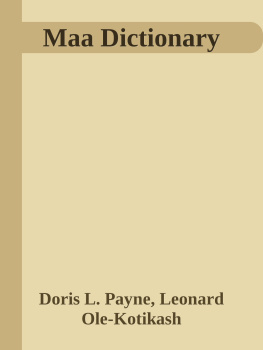

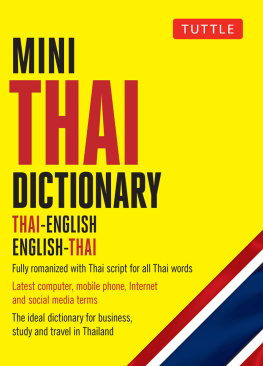
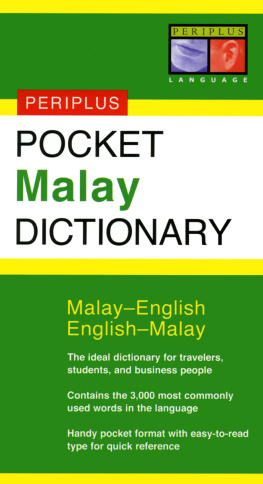
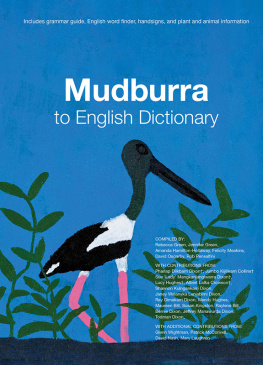

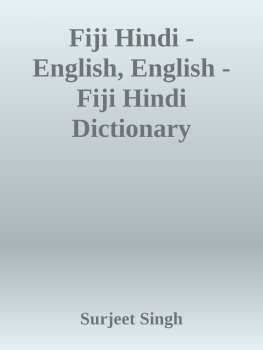
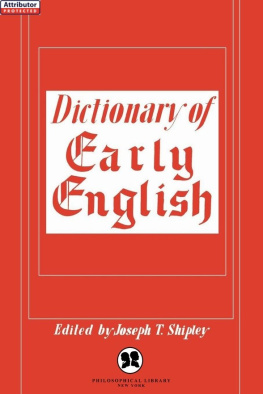



 for links to information on Linguistics and the University of Oregon. for fuller informationon the Maa language.Return to MaasaiLanguage Project
for links to information on Linguistics and the University of Oregon. for fuller informationon the Maa language.Return to MaasaiLanguage Project